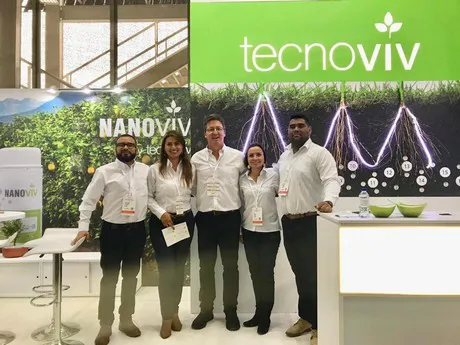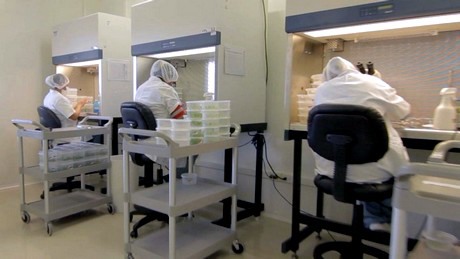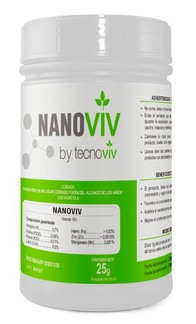Nanotechnology has become extremely important in many industries and floriculture is not an exception. It can be of great importance for the quality of soil, by stimulating microorganisms. “Mycorriza and Trichoderma fungi, and some Nitrogen fixing bacteria species are some examples of how the plants can benefit from microbiological activity. There are a lot more microorganisms which roles are yet to date unknown, but we know they are crucial for ecosystems in general”, says Javier Franco, Director of Tecnoviv. A soil with no microbiological activity can be considered ‘inert’ or ‘dead’; still, even in the Sahara desert we can find life, mostly due to microorganisms.”

Huge diversity of microorganisms
“Proper soil conditions for plant growth usually implies to have good water retention capacity, CO2 and O2 exchange capacity, stability of pH, good electrical conductivity (EC), among other parameters. An optimal plant performance also depends on the fertilization regime and its nutrient availability for plant uptake, cultural practices according to crop type and microbiological activity. The soil can hold and harbor huge diversity of microorganisms. In 1 gram of soil you can find around 10,000 to 30,000 different species composed by fungi, bacteria, actinomycetes, protozoans and algae”, says Javier.

How does it work?
So, there exists an intimate relationship between soil, microorganisms and plants. But how can nanotechnology help improve the quality of the soil and thus the quality of the plants? “Stabilization of soil microorganisms can help to maintain and improve some of these properties which aim for ideal settings for plant growth. For example, by stimulating and enhancing microbiological activity in soil, we have recorded stabilization of pH, EC increment and organic matter mineralization in roses in Tabacundo (Ecuador) and Bogotá (Colombia). These last resulting in a mid-long-term in better quality of the stems, foliage and flowers and last but not least, a significant boost in yield. Differences are noticeable after around 16 weeks of maintaining a permanent microbiological activity in soil.”

Nanoviv
Tecnoviv developed Nanoviv, a  product that stimulates and provide proper conditions for growth and multiplication of microorganisms. They have been using this in floriculture for over 10 years and work in horticulture as well. “Its components generate great impact in soil life by stimulating and providing proper conditions for growth and multiplication of microorganisms. Fourteen carbon sources, an active enzymes complex and micronutrients from algae at nanoparticle sizes make Nanoviv a unique opportunity for soil improvement. Just as little as a few grams per hectare are enough to impact remarkably the microbiological community of any soil. Best results can be obtained when the use of Nanoviv is steady; however, having microorganisms is not enough. Nanoviv seeks to achieve a balanced soil regarding its microbiological communities. This means higher concentrations of beneficial and saprophytes rather than pathogens.”
product that stimulates and provide proper conditions for growth and multiplication of microorganisms. They have been using this in floriculture for over 10 years and work in horticulture as well. “Its components generate great impact in soil life by stimulating and providing proper conditions for growth and multiplication of microorganisms. Fourteen carbon sources, an active enzymes complex and micronutrients from algae at nanoparticle sizes make Nanoviv a unique opportunity for soil improvement. Just as little as a few grams per hectare are enough to impact remarkably the microbiological community of any soil. Best results can be obtained when the use of Nanoviv is steady; however, having microorganisms is not enough. Nanoviv seeks to achieve a balanced soil regarding its microbiological communities. This means higher concentrations of beneficial and saprophytes rather than pathogens.”
For more information:
Tecnoviv
(+593) 984 662 652
info@tecnoviv.com
www.tecnoviv.com
